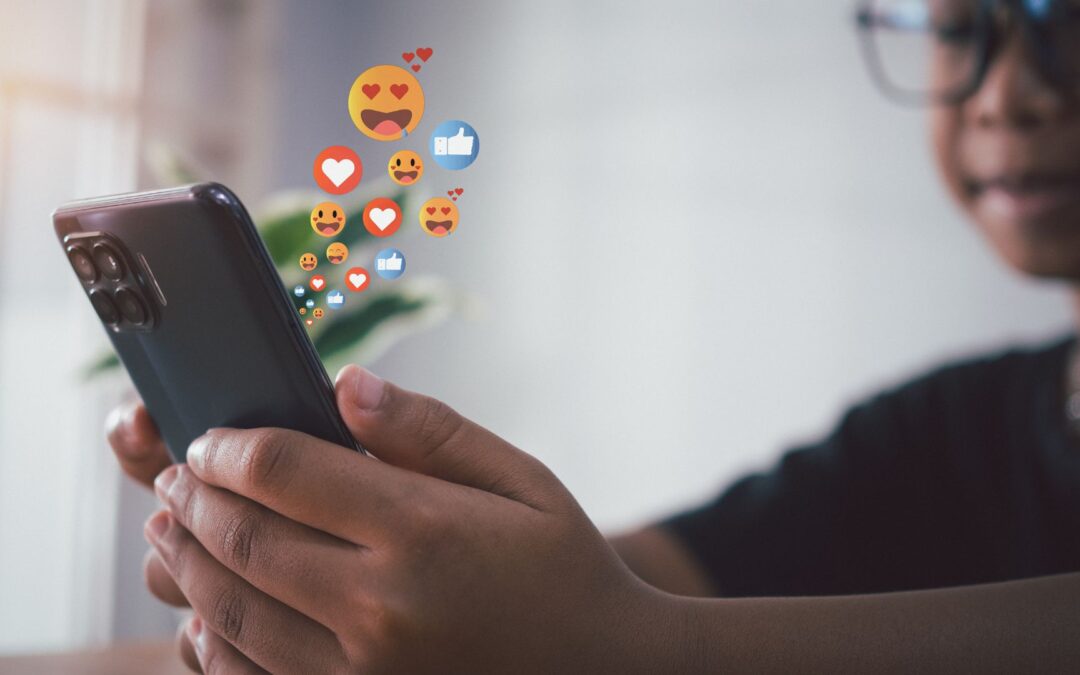Welcome to Zen9 Marketing’s exploration of the fascinating evolution of social media. Over the past two decades, social media platforms have dramatically transformed how we connect, communicate, and consume content. From the early days of Hi5 to the dominance of TikTok, each platform has brought unique features and trends that have shaped the digital landscape. In this blog, we’ll trace the journey of social media from Hi5 to Facebook, Snapchat, Instagram, and TikTok, highlighting key milestones and the impact each platform has had on our social interactions.
Hi5: The Early Social Network
Launched in 2003, Hi5 was one of the first social networking sites to gain popularity. It allowed users to create profiles, add friends, share photos, and join groups based on interests. Hi5 quickly gained traction, especially in Latin America, Southeast Asia, and Africa.
Key Features:
– User Profiles: Users could create detailed profiles with personal information, interests, and photos.
– Friend Connections: Hi5 emphasized connecting with friends and discovering new connections through mutual friends.
– Groups and Games: Users could join groups based on common interests and play social games, which became a significant aspect of the platform.
Impact:
Hi5 was instrumental in introducing the concept of social networking to a global audience. It laid the groundwork for future platforms by demonstrating the potential of online communities and user-generated content.
Facebook: The Social Media Giant
Facebook, launched in 2004 by Mark Zuckerberg, quickly became the most influential social media platform in the world. Initially limited to Harvard students, it expanded to other universities and eventually to the general public.
Key Features:
– News Feed: Introduced in 2006, the News Feed became the central feature, showcasing updates from friends and pages.
– Like Button: The Like button, introduced in 2009, revolutionized user interaction by allowing easy engagement with content.
– Pages and Groups: Facebook Pages allowed businesses, celebrities, and organizations to connect with fans, while Groups facilitated community building around shared interests.
Impact:
Facebook transformed social media by emphasizing real identities and connections. It became a powerful marketing tool for businesses and a primary source of news and information for users. Facebook’s ability to adapt and introduce new features, like Stories and Marketplace, has ensured its continued relevance.
Snapchat: Ephemeral Content and Visual Communication
Launched in 2011, Snapchat brought a new dimension to social media with its focus on ephemeral content and visual communication. The platform’s unique approach to messaging and storytelling appealed particularly to younger audiences.
Key Features:
– Snaps: Users could send photos and videos that disappeared after being viewed.
– Stories: Introduced in 2013, Stories allowed users to post content that remained visible for 24 hours.
– Filters and Lenses: Snapchat popularized augmented reality (AR) filters and lenses, adding a playful and creative element to photos and videos.
Impact:
Snapchat’s emphasis on ephemeral content influenced other platforms, leading to the introduction of similar features on Instagram and Facebook. Its AR filters and lenses set new standards for interactive and engaging content, paving the way for further innovations in visual communication.
Instagram: Visual Storytelling and Influencer Culture
Instagram, launched in 2010, quickly gained popularity as a platform dedicated to photo and video sharing. Acquired by Facebook in 2012, Instagram has continued to evolve, introducing features that have significantly shaped digital culture.
Key Features:
– Photo and Video Sharing: High-quality visual content is at the core of Instagram’s appeal.
– Stories: Borrowing from Snapchat, Instagram Stories became a popular feature for sharing temporary content.
– IGTV and Reels: IGTV allowed for longer-form video content, while Reels, introduced in 2020, provided a space for short, engaging videos similar to TikTok.
Impact:
Instagram has been instrumental in the rise of influencer culture, where individuals with large followings can monetize their content and collaborate with brands. The platform’s focus on visual storytelling and continuous feature updates, like shoppable posts and Instagram Live, has kept it at the forefront of social media trends.
TikTok: The New Wave of Social Media
TikTok, launched internationally in 2018 (following the merger with Musical.ly), has rapidly become one of the most influential social media platforms. Its algorithm-driven content discovery and emphasis on short, creative videos have captured the attention of a global audience.
Key Features:
– Short-Form Videos: TikTok specializes in short videos, typically set to music, which can include various effects and filters.
– For You Page (FYP): The FYP uses a sophisticated algorithm to surface personalized content, making it easy for users to discover new creators and trends.
– Duets and Challenges: Features like duets and hashtag challenges encourage user interaction and creativity, fostering a sense of community.
Impact:
TikTok’s rapid growth and cultural impact are undeniable. It has democratized content creation, allowing anyone to go viral regardless of follower count. The platform has influenced other social media giants to adopt similar features, emphasizing the importance of short-form, engaging content.
The Continuous Evolution of Social Media
The evolution from Hi5 to TikTok highlights the dynamic nature of social media. Each platform has introduced new features and trends, shaping how we interact online. As we look to the future, it’s clear that social media will continue to evolve, driven by technological advancements and changing user behaviors.
Future Trends:
– Augmented Reality (AR) and Virtual Reality (VR): Enhanced AR and VR experiences will provide more immersive ways to connect and engage.
– Social Commerce: Integration of shopping features within social platforms will continue to grow, making it easier for users to discover and purchase products.
– AI and Personalization: Advanced AI algorithms will further personalize content delivery, enhancing user experience and engagement.
The journey from Hi5 to TikTok underscores the transformative power of social media. At Zen9 Marketing, we understand the importance of staying ahead of these trends to help our clients succeed in the ever-evolving digital landscape. By leveraging the unique features and audiences of each platform, businesses can create compelling and effective social media strategies that drive engagement and growth.
Embrace the evolution of social media and let Zen9 Marketing guide you in navigating this dynamic world. Together, we can harness the power of social media to elevate your brand and connect with your audience in meaningful ways.

